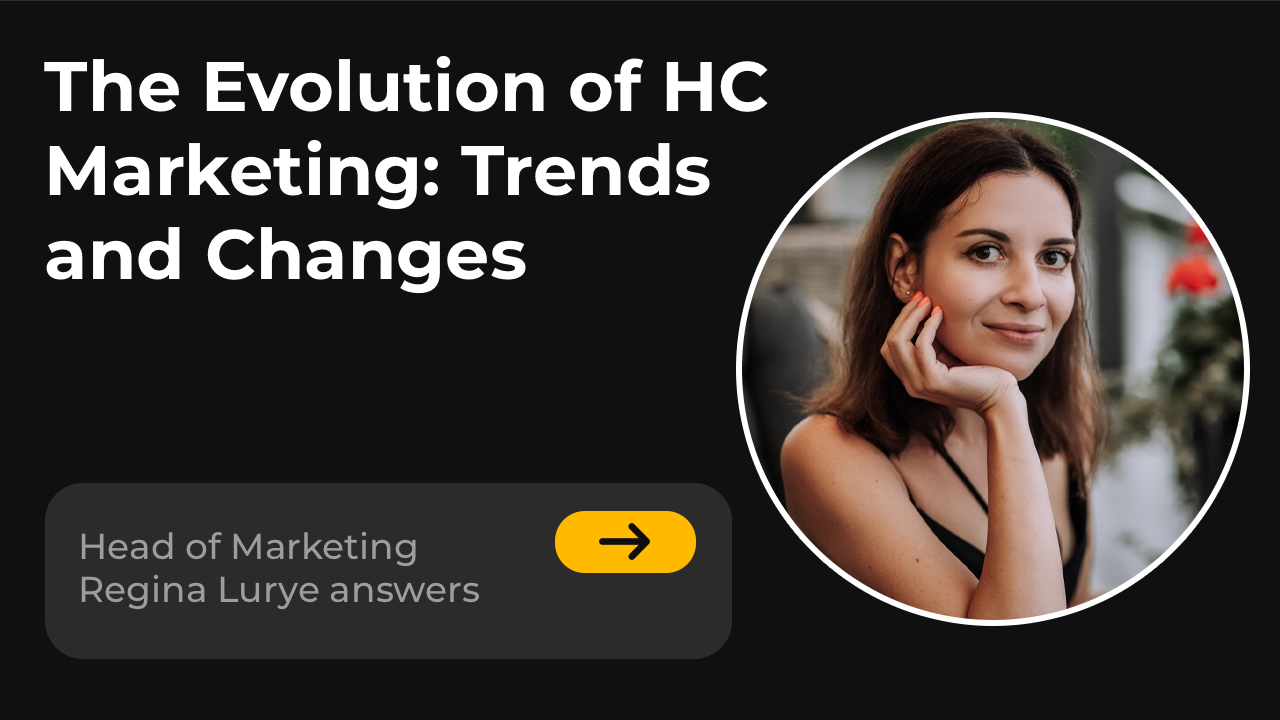The Evolution of HC Marketing: Trends and Changes

2023 promises to be a challenging year for the gaming market, with an ongoing recession and a trend of decreasing overall downloads across many game categories. To prepare for these challenges, we interviewed FreePlay’s Head of Marketing, Regina Lurye, to gain insights and chart a path for success.
1. Regina, what are the general trends in HC marketing? What should we be preparing for?
The hyper-casual market has evolved and become more complex. Changes in the HC market are leading to a more complicated UA process. The industry has shifted toward more advanced optimization techniques, such as blended ROAS and user-level value optimization.
The next trend in HC marketing is a decline in the CPM, which has resulted in a lower LTV and a more challenging process of User Acquisition.
The third trend is the increased focus on countries that were previously undervalued. Earlier, the main focus was on tier 1-2 geos, but now we see that the industry is expanding to tier 3 and tier 4 geos to reach a larger audience.
Finally, ad creatives are now more important than ever. In the past, gameplay recordings were sufficient for launching ad campaigns. However, users today are overwhelmed with ads and demand more engaging and innovative content. As a result, to be more effective in reaching and engaging audiences, the industry is placing greater emphasis on the quality, clarity, and visual design of ad content.
2. You mentioned the significance of ad creatives; however, some advertisers are launching provocative ones. How do ad networks react to these creatives?
The handling of provocative ads varies among different ad platforms. Each platform has its own policies, leading to a range of possibilities. For instance, Tiktok strictly prohibits any content related to adult content, violence, or anything that could be considered discriminatory based on factors such as age, body, gender, or skin color, even if the intention behind the creative is not malicious. There are, however, some networks that have a more relaxed approach, but it takes time and experience to determine which platform and type of creative works best.
3. And as for playable ads, have they fulfilled the expectations of being “the future of game advertising”?
When playables first came out, there was a lot of excitement and hype around them. People thought they would revolutionize game advertising and push video and static ads to the sidelines. However, a few years down the line, it seems that these predictions were not accurate.
Playables have not wholly replaced video creatives, but for some titles, they work well, sometimes even better than video creatives. It depends on the mechanics of the game being promoted. We have a lot of experience with playables and a talented team with unique solutions in this area. We try to incorporate playables into all our new titles, but sometimes they just aren’t a good fit. So, while standalone playables have a place in the advertising world, they still account for only around 30% of traffic, while video creatives take up the majority, around 70%.
It’s important to highlight the format of playable end cards, which in combination with video creatives have virtually completely replaced static end cards, something standalone playable creatives couldn’t achieve.
4. What does the UA-strategy look like now, and what is changing? Are we looking for the best set of networks for each project, or do all work about the same?
Sure, we know what works best for HC projects. Usually, video ad networks perform better than SRN platforms and bring more traffic. However, we still have about 17 traffic sources on our UA dashboard and are always ready to test new channels.
UA strategies are constantly changing due to market conditions, seasonality, and updates in advertising networks. It can be hard to predict how these changes will impact traffic, as was the case with the release of iOS 14.5. This caused some confusion among advertisers, and some even stopped using some ad channels because they didn’t know how to evaluate and analyze traffic.
Despite that, many advertising networks continue to improve their algorithms and develop new solutions for UA. For instance, some services claim they can handle non-IDFA traffic. If they are proven to be effective, they may become the future of UA. We’re also working on enhancing our internal business intelligence department to better gauge traffic and optimize our advertising campaigns.
5. And the last question: What does the future hold for UA managers and creative teams? Will AI be able to produce quality creatives?
There are tools that help make the job easier for UA managers. These tools allow them to manage different traffic sources, adjust bids and budgets, optimize campaigns, and upload new creatives, all from one dashboard.
For creative teams, AI allows for faster creation and production of creative content. This frees up time for them to focus on making unique and original content. Meanwhile, UA managers can use AI tools to easily add backgrounds, effects, and text panels to creatives.
However, some tasks still need a human touch. For example, creating truly unique content and making unconventional decisions in traffic optimization cannot be done by AI alone. A human’s creativity and decision-making skills are indispensable in these areas.




